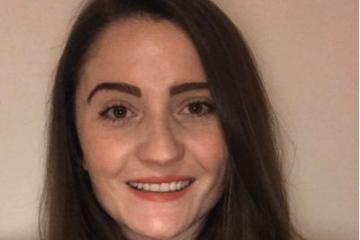Fellowship
A novel embryonic zebrafish model to replace mammals in the study of 3-hydroxyacyl CoA dehydratase 1-associated muscle disorders

At a glance
Completed
Award date
January 2020 - April 2022
Grant amount
£126,265
Principal investigator
Dr Rhiannon Morgan
Institute
University of Liverpool
R
- Replacement
Read the abstract
View the grant profile on GtR
